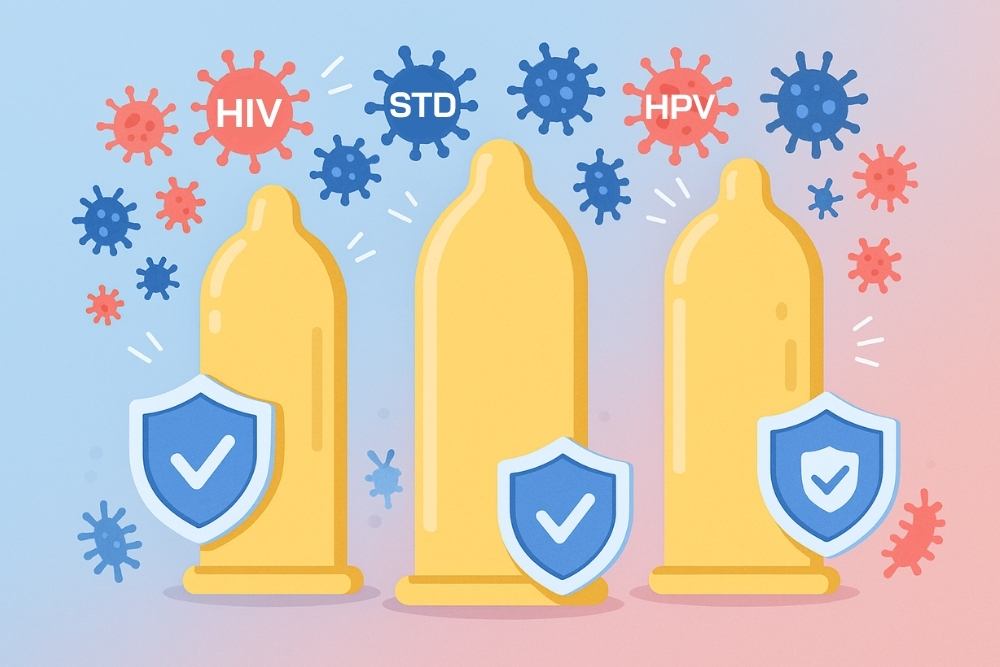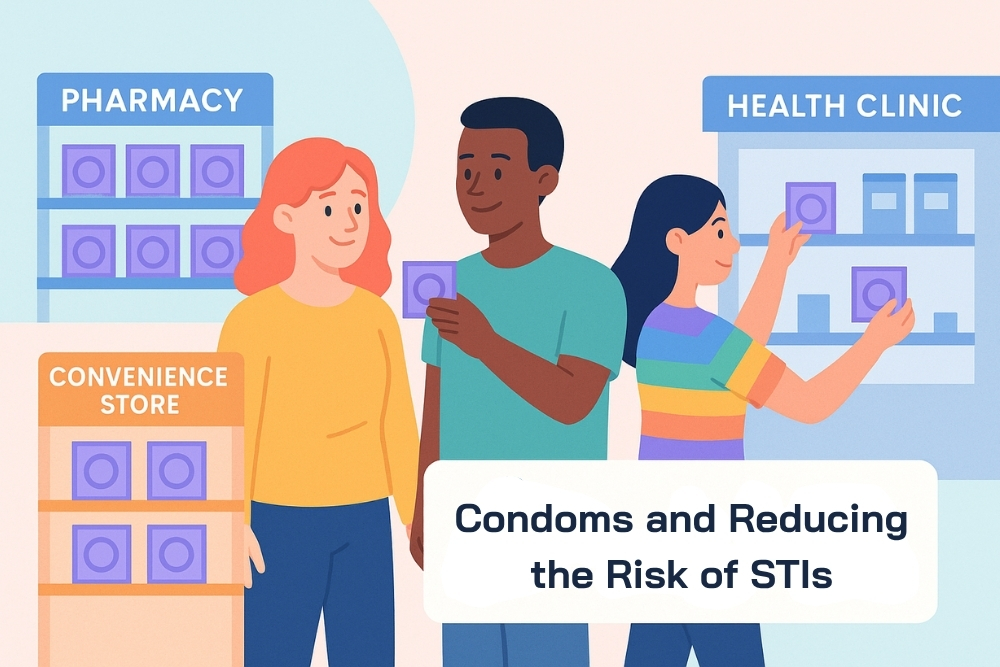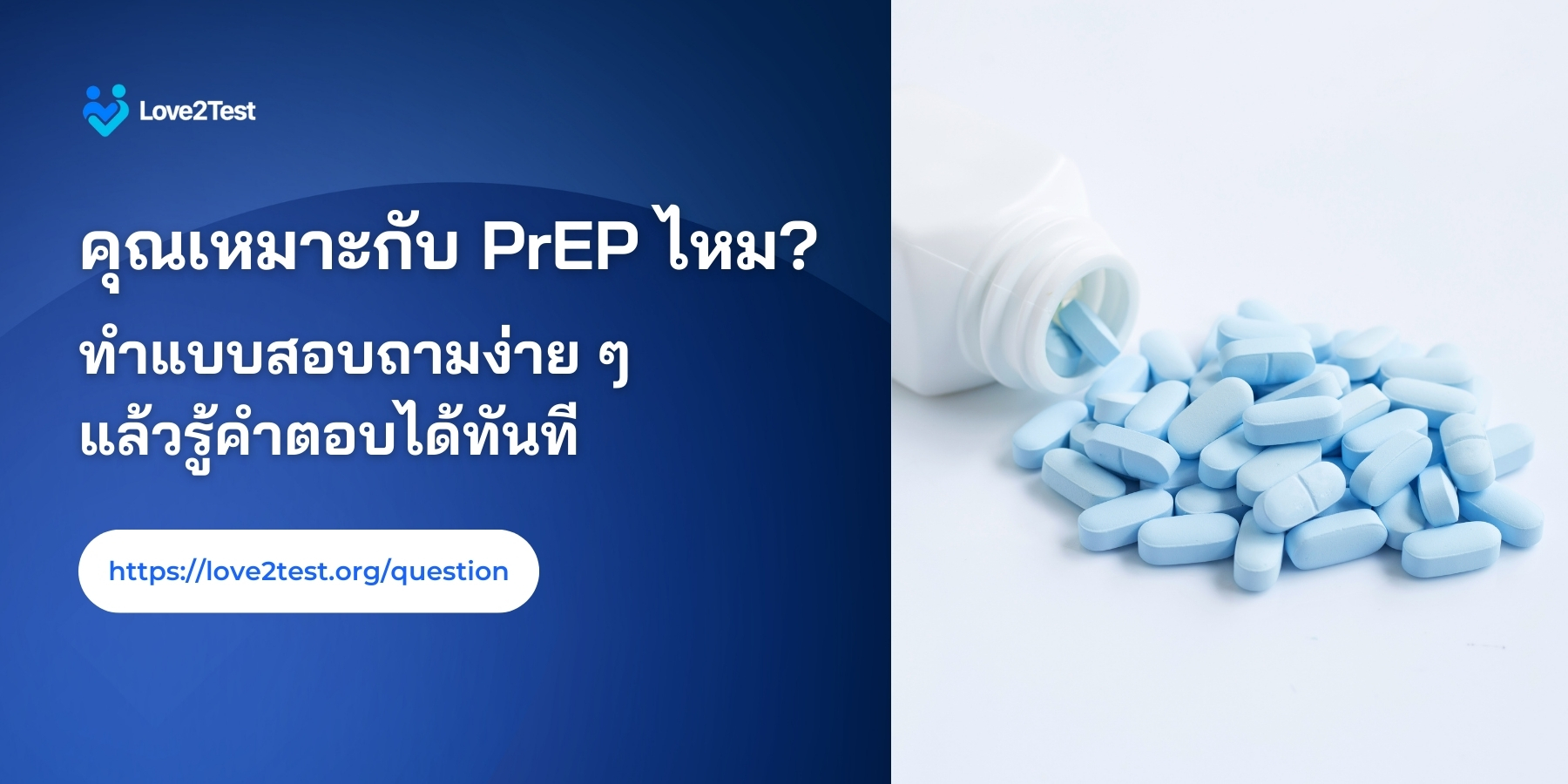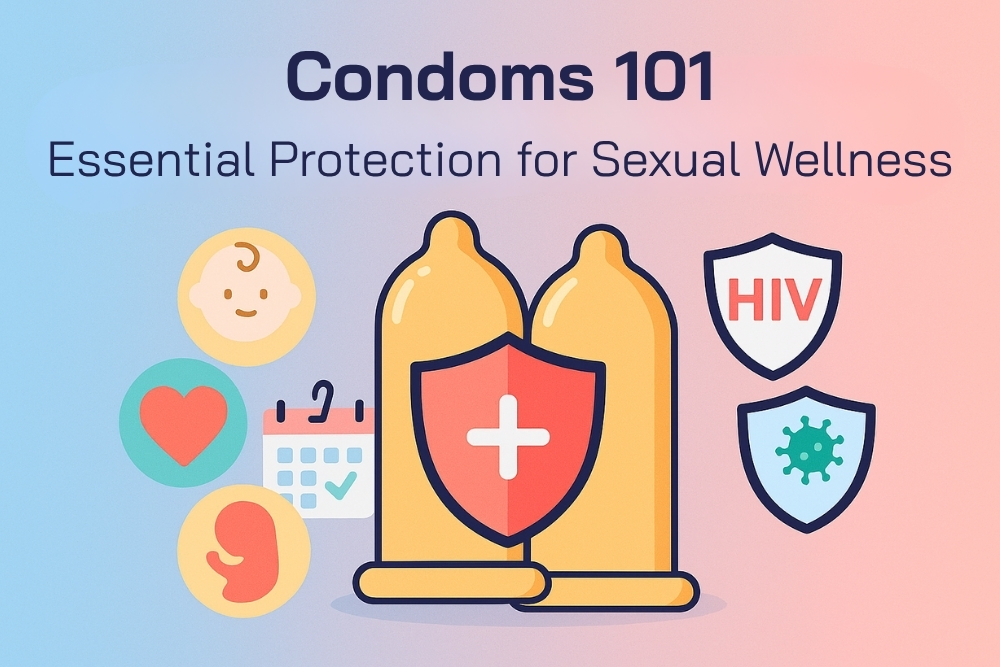Condoms 101 play a vital role in preventing sexually transmitted infections (STIs) by acting as a protective barrier during sexual intercourse. The material, usually made of latex or polyurethane, prevents direct contact with bodily fluids such as semen and vaginal secretions, which can carry pathogens that cause STIs. By using condoms correctly and consistently during every sexual encounter, individuals can significantly reduce the risk of transmitting infections such as HIV, gonorrhea, chlamydia, syphilis, and genital herpes. Beyond protection against infections, condoms also help prevent unintended pregnancies, making them a dual-purpose tool for both health and family planning.
Another important aspect of condoms is accessibility—they are widely available, affordable, and do not require a prescription. This makes condoms one of the most convenient and effective methods for promoting sexual health and well-being for people of all genders.
Condoms 101 – Common Sexually Transmitted Diseases (STDs)
Sexually transmitted diseases (STDs) are a major public health concern, as they can spread easily through direct sexual contact and, in some cases, cause serious long-term health consequences. Condoms have become one of the most important preventive tools, as they can significantly reduce the risk of transmission when used correctly and consistently.

- HIV (Human Immunodeficiency Virus) – HIV is transmitted through bodily fluids such as blood, semen, or vaginal secretions. Using condoms during vaginal, anal, and even oral sex greatly reduces the risk, as condoms act as a barrier that prevents the virus from entering the body directly.
- Gonorrhea – Caused by the bacterium Neisseria gonorrhoeae, gonorrhea is easily spread through sexual contact. Condoms help prevent direct exposure to infectious fluids, making them an effective method for reducing transmission.
- Chlamydia – This infection is caused by Chlamydia trachomatis and often shows no clear symptoms in the early stages, but can damage the reproductive system over time. Condoms help protect against both contracting and spreading the infection to sexual partners.
-
Syphilis
– Caused by the bacterium Treponema pallidum, syphilis is typically transmitted through contact with sores on the genitals, mouth, or anus. Condoms reduce the risk by limiting direct contact with infectious sores. However, if sores are located in areas not covered by the condom, some risk remains.
- Genital Herpes – Genital herpes, caused by the Herpes Simplex Virus (HSV), spreads through skin-to-skin contact. Condoms lower the risk by reducing exposure, but since the virus may be present on surrounding skin not covered by a condom, they cannot provide complete protection.
- Human Papillomavirus (HPV) – HPV is one of the most common viruses transmitted through vaginal, anal, and oral sex. While condoms reduce the likelihood of acquiring or transmitting HPV, they cannot fully protect against it because the virus can exist on external skin. Nevertheless, consistent condom use, combined with HPV vaccination, is considered an essential strategy for maximizing prevention.

Condoms 101 – The Important Role of Condoms in Preventing Diseases
- Personal Health
- Sexually transmitted diseases (STDs) can lead to severe health complications, including chronic pain, infertility, organ damage, and even death. Some STDs, such as HIV, are incurable and can progress to AIDS if left untreated. Early diagnosis and treatment of STDs are crucial to preventing long-term health complications.
- Public Health Impact
- STDs pose a major public health burden. They can spread rapidly through sexual networks, leading to outbreaks and epidemics. High transmission rates of STDs place pressure on healthcare systems, increase medical costs, and negatively affect the overall health of the population.
- Impact on Relationships
- Contracting an STD can have significant emotional and psychological consequences. It can strain relationships, cause trust issues, and lead to stigma and discrimination. Open communication, mutual trust, and practicing safe sex are key to maintaining healthy and supportive relationships.
- Pregnancy Complications
- Certain STDs can negatively affect pregnancy and childbirth. They may increase the risk of miscarriage, premature birth, and congenital disabilities. Pregnant women should undergo regular STD screenings and receive timely treatment to protect both their own health and that of their baby.
- Effective Prevention
- Many STDs are preventable through education, awareness, and safe sexual practices. Consistent and correct condom use, regular health screenings, and vaccinations such as the HPV vaccine can significantly reduce the risk of transmission.
- Reducing Transmission
- The role of condoms in preventing STDs goes beyond individual protection; they also help reduce overall transmission rates within communities. Practicing safe sex and undergoing routine testing contribute to breaking the chain of infection and preventing further spread of STDs.

Condoms and Reducing the Risk of Sexually Transmitted Infections (STIs)
Condoms are highly effective in preventing the transmission of sexually transmitted infections (STIs) when used consistently and correctly. Below are the key ways condoms work to protect against STIs:
| Key Point | Details |
|---|---|
| Physical Barrier | Condoms act as a protective barrier between the genitals and bodily fluids such as semen, vaginal secretions, or sores. This helps reduce direct skin-to-mucous membrane contact. |
| Preventing Exposure to Bodily Fluids | Many STIs, including HIV, gonorrhea, chlamydia, syphilis, and herpes, are carried in semen, blood, or vaginal secretions. Condoms prevent direct exposure to these fluids. |
| Covering High-Risk Areas | When worn correctly, condoms cover the length of the penis or vaginal opening, reducing exposure to lesions or areas prone to infection. However, some infections such as herpes may still spread from skin areas not covered by a condom. |
| Accessible and Affordable | Condoms are widely available without a prescription from pharmacies, convenience stores, or health clinics. Their low cost makes them suitable for STI prevention for everyone. |
The effectiveness of condoms in preventing STIs depends on correct and consistent use. This includes using a new condom for every sexual encounter, storing them properly, checking expiration dates, and using water- or silicone-based lubricants to prevent breakage. Condoms should be worn from start to finish during sexual activity to ensure maximum protection.
Certain STIs, such as herpes and syphilis, can be transmitted from areas not fully covered by a condom. Therefore, it is recommended to use condoms along with regular blood testing, open communication with sexual partners, and additional preventive measures such as vaccination. Overall, the role of condoms is to significantly reduce the risk of STI transmission and to promote safer sexual practices.

Condoms 101 – Safer Sexual Practices
Condoms are an essential part of safer sex and the promotion of sexual health. While highly effective in preventing sexually transmitted infections (STIs), it is important to understand that condoms are only one component of a comprehensive approach to safer sexual practices. Below are key points to consider:

Consistent and Correct Condom Use
- Using condoms during every sexual encounter is essential. This means putting on a condom from start to finish, checking for proper use and removal, and using a new condom for each sexual act. Following the instructions provided with condoms and becoming familiar with correct techniques are critical to ensuring maximum effectiveness.
Regular STI Testing
- Regular testing for STIs is a key aspect of maintaining sexual health, even for individuals who consistently use condoms. Routine screening allows for early detection and treatment of infections. It is vital for individuals to know both their own and their partner’s STI status and to discuss testing and sexual health openly with healthcare professionals.
Open Communication
- Honest and direct communication with partners about sexual health is crucial. This includes discussing STI testing, sharing HIV status, and addressing any concerns or questions. Creating a safe, non-judgmental environment for these conversations fosters trust and encourages responsible sexual behavior for both partners.
Condoms 101 – Safer Sexual Practices Beyond Condom Use
- While condoms are highly effective against many STIs, they may not fully prevent infections transmitted through skin-to-skin contact, such as herpes or syphilis. Engaging in safer practices, such as avoiding direct contact with sores or lesions and abstaining from sex during treatment of an infection, can further reduce risks.
Vaccinations Against STIs
- In addition to condom use, vaccinations can protect against certain STIs. For example, the HPV vaccine provides protection against multiple strains of the human papillomavirus, which can cause genital warts and certain cancers. Following vaccination guidelines recommended by healthcare providers is strongly advised.
Limiting Partners and Practicing Monogamy
- Limiting the number of sexual partners or engaging in mutually monogamous relationships reduces the risk of STI transmission. Being sexually active with a trusted partner or with only one partner who has tested negative for STIs can significantly lower infection risk.
A Shared Responsibility
- It is important to remember that no method is 100% protective. Safer sex is a shared responsibility, requiring individuals to stay informed about sexual health, seek guidance from healthcare professionals, and adapt prevention strategies to their unique circumstances.
Condoms 101 play a crucial role in preventing sexually transmitted infections (STIs). As a method of contraception, condoms act as a physical barrier that blocks contact with bodily fluids capable of transmitting infections. They are highly effective in reducing the risk of various STIs, including HIV, gonorrhea, chlamydia, syphilis, herpes, and more. Condoms provide dual protection—not only lowering the risk of transmission but also preventing unintended pregnancies.
Their wide availability, affordability, and accessibility make condoms a convenient and important tool in promoting safer sexual practices. However, it is important to recognize that condoms do not provide 100% protection. Regular STI testing and open communication with partners are therefore essential for achieving comprehensive sexual health protection.
Reference:
เคล็ด(ไม่)ลับ กับการใช้ถุงยางอนามัย
วิธีการใส่ถุงยางอนามัยที่ถูกต้อง
ถุงยางอนามัย ทำมาจากอะไร? ใช้แล้วเปลืองพลาสติกจริงหรือไม่?

